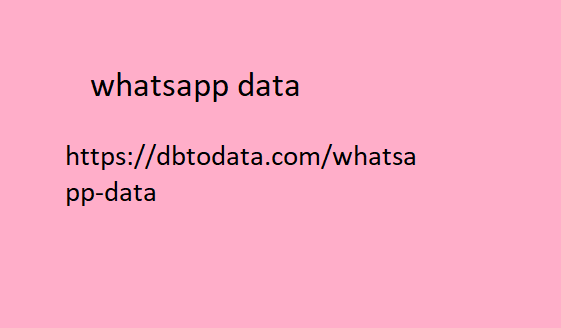If you’re anything like me, you love words. You love prose, you love language, you love how a perfectly-constructed sentence can say so much more than just letters put in order.
If you’re unlike me, however, you love to use lots of words, and write mountains of prose.
I know it’s hard not to get carried away, telling everyone everything you’ve ever wanted to say about a subject. Especially online, when blogs are creative outlets, and there are no restraints or word counts. But having been on the reading end of waffly posts (particularly when I haven’t got too much time to spare), I’ve realised the old adage “less is more” really does ring true.
Does that mean you can’t write long-form posts because they bore readers? No! It means write them well. Make each of those 2000+ words count.
But how do you self-edit when you feel as though every word is important? I’m so glad you asked! Let’s find out:
Tips for Self-Editing
Follow Stephen King’s Number-One Tip
I wrote about his method of editing here, but it’s basically getting some space between you and your work. Stephen King puts his work (literally) in a drawer, and comes back a couple of months later to edit and tweak. You can come back sooner than that, but fresh eyes and a clear head make a world of difference when it comes to editing. Still unconvinced? You won’t be after you read the post!
You really can’t edit while you write, go straight from writing to editing, or edit the same day. Give it some time.
Can you say it in fewer words?
Twitter is great training for whatsapp data this (thanks to its 140-character limit), as was being a journalist – cutting unnecessary words makes for cleaner copy, there’s just no way around it. I’ll bet there are plenty of sentences you can streamline to pack a powerful punch in fewer letters.
Read it Aloud
You’ll be surprised how much your writing can sound perfectly fine in your head, but be totally disjointed when you read it aloud. You’ll notice those times when your sentences run on, where you might need a comma, or where you’ve repeated a word too often.
Print it Out
Reading on a screen, no matter how many tốt nhất để xem phim trực tuyến năm 2023 times you’ve done it or how comfortable you are with it, is still so different to reading words in print. Your accuracy in identifying errors is far greater when you have a hard copy to refer to, especially when it comes to finding visually-similar mistakes. If you’re working on something that has to have the highest degree of accuracy, print it out, grab a pencil or a highlighter, and get to work.
Look for the Most Obvious
In your first read-over, search for the usa ceo glaring errors – the typos, the spelling errors, that one time where you got your their/there mixed up. The visual formatting (how did that sentence get down there?), and any time you’ve written in passive voice. Pay special attention to apostrophes – most of the time they don’t need to be there. If it’s a possession or a contraction, fine, but keep them out of where they don’t belong.






